- Like
- Digg
- Del
- Tumblr
- VKontakte
- Flattr
- Buffer
- Love This
- Odnoklassniki
- Meneame
- Blogger
- Amazon
- Yahoo Mail
- Gmail
- AOL
- Newsvine
- HackerNews
- Evernote
- MySpace
- Mail.ru
- Viadeo
- Line
- Comments
- Yummly
- SMS
- Viber
- Telegram
- Subscribe
- Skype
- Facebook Messenger
- Kakao
- LiveJournal
- Yammer
- Edgar
- Fintel
- Mix
- Instapaper
- Copy Link
Flavorful chutneys prepared by the blend of magical spices are the specialty of Indian cuisines. Here’s How to Create a Chutney Garden in Pots in India!
Sweet, tarty, and spicy chutneys are an integral part of Indian meals. As we go from one state to another, the chutney recipe may slightly differ, but what remains the same are the flavorful ingredients. Here is all you need to know about How to Create a Chutney Garden in Pots in India so you can instantly harvest them to make your favorite chutneys!
Check out our article on creating a herb garden here.
Best Plants for the Chutney Garden
1.Pudina/Mint
The lingering cool and sweet flavor of pudina makes it one of the staple condiment for any chutney. Indian snacks like dhokla and paneer tikka taste incomplete without pudina chutney. So, growing this herbaceous mint lets, you have fresh sprigs instantly.
Chutney: In a grinder, put half cups of chopped mint and coriander leaves, 2 garlic cloves, 2 teaspoons of lemon juice, 1 tablespoon water, and a pinch of salt, and sugar. Grind everything until the paste becomes smooth.
2. Dhaniya/Coriander
The stems and leaves of Dhaniya are commonly used as a top dressing of savory dishes. But, a rich dip in Dhaniya chutney enhances the flavor of Pakoda dramatically. You can easily flourish in pots through seed propagation.
Chutney: In a grinder, add chopped coriander, 4 green chilies, 2 garlic cloves, cumin seeds, salt, roasted peanuts, and water. Mince until it gets a smooth consistency.
3. Tamatar/Tomato
The tarty and spicy flavored tomato chutney is the heart of South Indian cuisines, especially Idli and Dosa. The tangy tomatoes also go well with almost all the saute dishes. So, pick out the best tomato variety for growing them in pots.
Chutney: Detailed south Indian tomato chutney recipe here.
4. Mirchi/Chilli
Special condiment of Tadka recipes, the spicy taste of chilies has no substitute. Packed with vitamins and nutrients, it aids in controlling sugar level and digestion. These chilies are highly admired in India for its chutney, also known as Thecha. It works great as a side dip, sandwich spread, or topping.
Chutney: In a blender, add 8-10 chopped chilies, small garlic, half cup chopped coriander, a pinch of salt, and grind everything. Then, saute the paste in a hot pan for 2-minutes.
5. Garlic/ Lahsun
A close cousin of onion and chive, garlic is known for its sharp pungent flavor. Thanks to its potent antioxidant properties, it proves to be a boon for a healthy heart. It earned a lot of appreciation due to its crucial role in lahsun ki chutney.
Chutney: Grind 20 garlic, 2 teaspoons red chili and coriander powder, cumin seeds, and a pinch of salt in a grinder until you get a thick, coarse paste.
6. Ginger/ Adrak
Among the earliest recorded spices of India, ginger imparts zestiness to the dishes. This rhizome superfood is mostly used fresh, but people use its grounded dried form ‘sonth’ as well. This aromatic spice finds uses in the preparation of herbal tea, vegetables.
Chutney: Check out the mouthwatering recipe here.
7. Turai/Ridge Gourd
This green gourd is commonly consumed as vegetables in India. But, its earthy flavor is also used in making ‘Beerakaya pachadi‘ chutney in various southern states. This chutney is served as a side dip with dosa and idly.
Chutney: In a pan, add oil, mustard seed, curry leaves, chopped onion, green chilies, roasted chana dal, and salt successively, and saute. Add turai pieces and saute for 5 minutes. Then, grind the paste.
8. Jeera/Cumin seed
Cumin seeds are the staple condiment of any stir-fries, stews, and chutneys. India is the largest producer of Jeera. The bittersweet taste of dried jeera seeds makes the chutney scrumptious. You can grow its plant during spring, and it will be ready for harvest in summers.
Chutney: Grind jeera, red chilies, and tamarind in a grinder. Heat the oil in a pan, add mustard seeds, chopped onion, and curry leaves to it. Then, add the Jeera paste with little water in the pan and saute for 5 minutes.
9. Kadipatta/Curry Leaves
The slight essence of kadipatta leaves is enough to enhance the flavor of any recipe. Also known as meetha neem, its robust leaves work as a flavoring agent for numerous cuisines. It comes in several varieties like regular, dwarf, and gamthi. But, for container gardening, opt for dwarf variety.
Chutney: For a lip-smacking recipe, click here.
10. Kairi/Mango
Summers bring the memories of Keri ki chutney that is the most common recipe of every household. Not just snacks, but this citric flavored chutney is relished even in daily meals. You can easily grow a mango tree in a pot if you choose the right variety like Irwin, Neelam, and Amrapali.
Chutney: In a blender, add 3 cups Fresh Dhaniya, 1 cup Fresh Pudina,1 cup Fresh Pudina, 5 Garlic clove, 1/2 cup Kairi, Zeera and pinch of salt. Grind them with water, until it gets even texture.
Site Selection
One of the major concerns while creating any garden is the limited space available. As a feasible option, you can use balcony or window box space, and grow plants in containers. Make sure whatever space you are choosing should have ample aeration and sunlight.
Container
Wisely choose a pot size and material. For example, growing chili, and ginger in 10-12 inches pot will do the trick. But, for tomatoes and mango plants, go for the large-sized 18-20 inches deep container. Choose terracotta or clay pots with a drainage hole, as the porosity of the material prevents the soil from waterlogging.
Sunlight
Each plant has a different sunlight requirement. So, keep the orientation of pots accordingly. For instance, chilies and tomatoes need 5-6 hours of sunlight. Whereas, herbs require only 4-5 hours of the partial sun. For plants that need diffused sunlight, use a green curtain.
Watering
Plants in pots are more susceptible to water loss as compared to garden plants, hence require a bit more attention. As a general thumb rule, poke a finger one and a half inches in the soil to check water consistency. If it looks dry, water deeply until it escapes out of the drainage holes.
Soil
Use well-draining, fertile soil for growing these chutney plants in pots. Do not use garden soil, as it is heavy and compact. Instead, use an organic potting mix specifically prepared for potted vegetables. Or, simply DIY it by mixing equal parts of peat moss, potting soil, vermiculite, and perlite/sand.
- Like
- Digg
- Del
- Tumblr
- VKontakte
- Flattr
- Buffer
- Love This
- Odnoklassniki
- Meneame
- Blogger
- Amazon
- Yahoo Mail
- Gmail
- AOL
- Newsvine
- HackerNews
- Evernote
- MySpace
- Mail.ru
- Viadeo
- Line
- Comments
- Yummly
- SMS
- Viber
- Telegram
- Subscribe
- Skype
- Facebook Messenger
- Kakao
- LiveJournal
- Yammer
- Edgar
- Fintel
- Mix
- Instapaper
- Copy Link

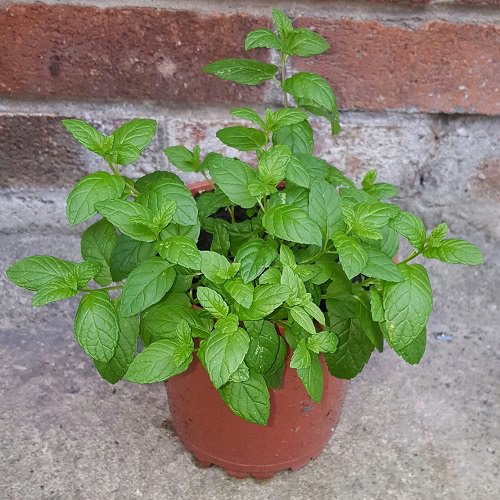
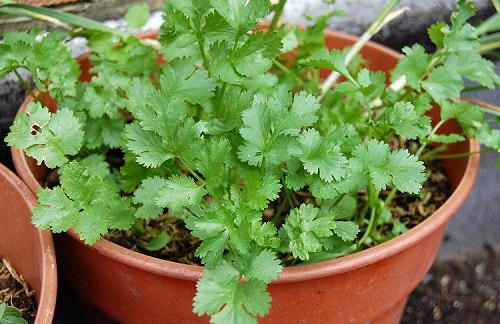
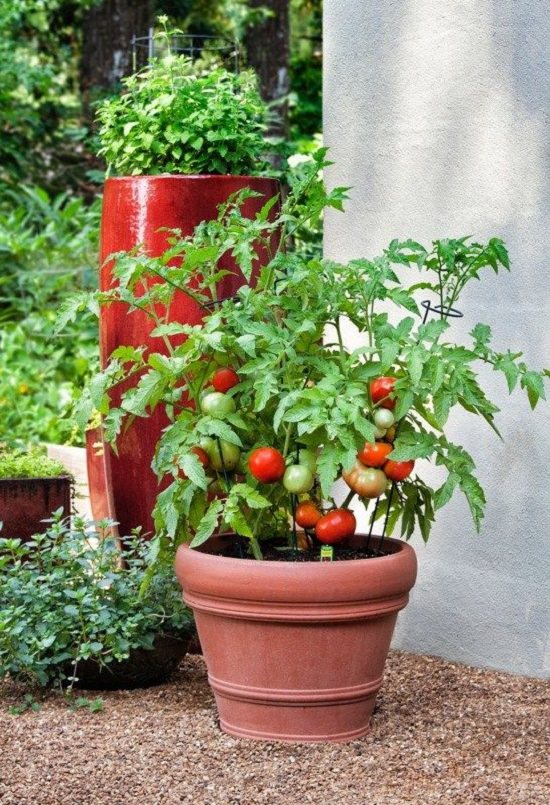
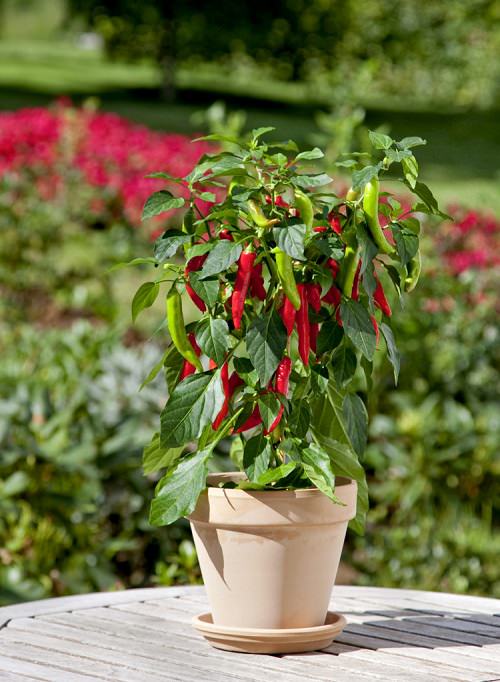
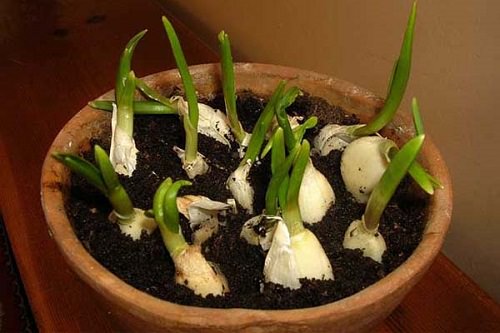
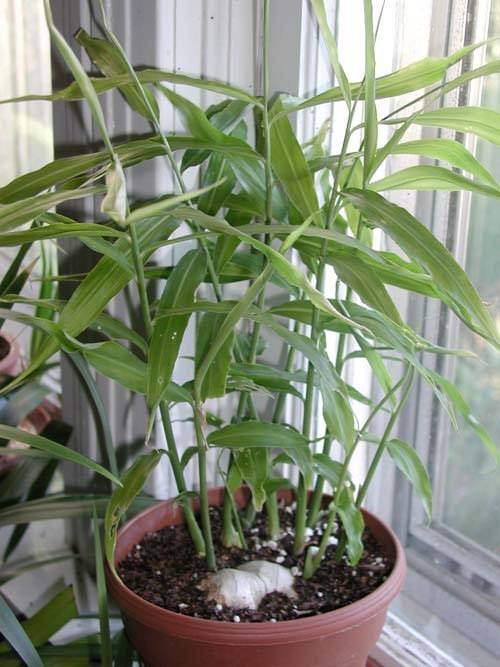

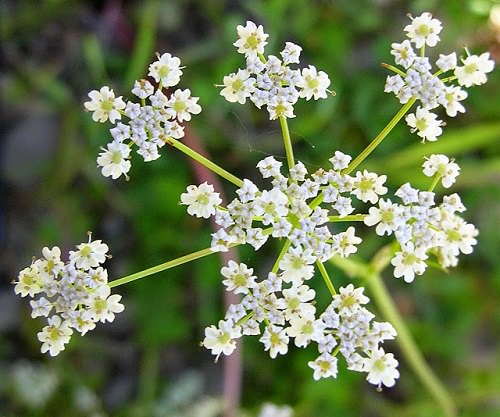

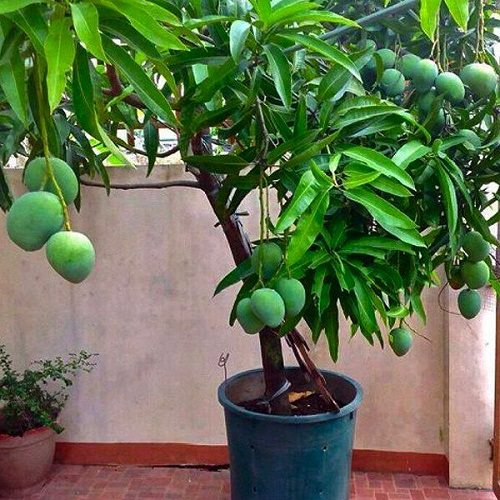
great ideas!